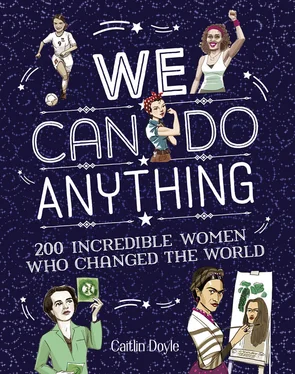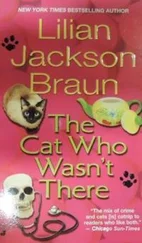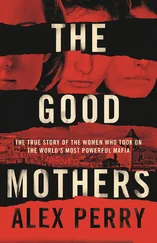Portrait of Julia Margaret Cameron from 1870, by Henry Herschel Hay Cameron
FROM SCIENCE TO ART
One of the most influential and innovative photographers of the 1800s, Julia Margaret Cameron was also a visionary. In the 19th century, photography was a new and developing science—a cutting-edge way to record a person or scene. Julia, however, used her portraits to elevate photography to an art form.

A camera similar to the type Margaret would have used late in her career
A LATE BLOOMER
The fourth of seven daughters, Julia could have disappeared as the middle child of a large family. But instead, she stood out as the most artistic and eccentric. Julia had an international upbringing: while her family was British, she was born in India, educated in France, and spent time in India, Sri Lanka, and Africa.
While in South Africa in 1836, Julia met John Herschel, the famous British astronomer. They became life-long friends, and a few years later he introduced her to photography. He would continue to advise her on technical matters until he died. (Remember, at the time, photography was still a very manual process involving chemistry and darkrooms.) Julia started her photography career relatively late in life, at the age of 48, when her daughter gave her a camera as a present.
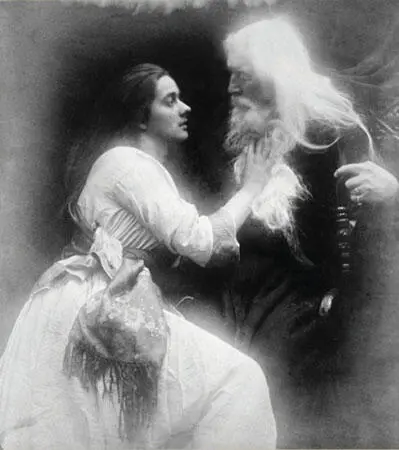
Julia’s 1870 photograph, “Vivian and Merlin”—an illustration for poet Alfred Lord Tennyson’s work, “Idylls of Spring”
CAPTURING BEAUTY
Julia experimented with artistic uses for photography and was one of the first ever to do so. She is best known for her portraits, often close-ups of family, friends, and the celebrities from her social circle. Julia used her photographs to re-tell stories from myths and legends, including those of King Arthur. She wanted to capture beauty, and even the sitter’s soul, rather than simple reality. Julia’s style was very unusual: her photographs were intentionally out of focus, and she kept, or even added, scratches and marks in her work. Fellow photographers often thought her work was sloppy, but painters loved her style. Perhaps her work was simply ahead of its time, as she remains a huge inspiration to many modern photographers and other artists. Today, Julia’s work continues to be shown in exhibitions around the world, from New York’s Metropolitan Museum of Art to London’s Victoria and Albert Museum.
BEATRIX POTTERONE OF THE BEST-LOVED CHILDREN’S AUTHORS OF ALL TIME
FULL NAME: Helen Beatrix Potter
BORN: JULY 28, 1866, LONDON, U.K.
DIED: DECEMBER 22, 1943, NEAR SAWREY, CUMBRIA, U.K.
NATIONALITY: BRITISH

A British postage stamp, circa 1979, showing The Tale of Peter Rabbit
PETER RABBIT’S CREATOR
Despite writing 100 years ago, Beatrix Potter remains one of the best-loved and best-selling children’s authors in history. The mischievous Peter Rabbit is recognized by children all over the world.
Beatrix came from a wealthy English family, and her parents were very artistic. At the time, it was common for children to be looked after by nannies. The Potter nannies spent a lot of time outside with the children and allowed them to set up homes for all sorts of creatures in their nursery. From a young age, Beatrix was fascinated. She sketched animals and insects very carefully and accurately. Eventually, she studied at the National Art Training School. Even though her animal characters wear clothes and engage in human activities, they still look remarkably realistic.
Beatrix first had success making greeting cards, but she also wrote and illustrated stories for friends. One such story was The Tale of Peter Rabbit . In 1902, the publisher Frederick Warne & Co. published Peter Rabbit , and it quickly became popular with young readers. Several tales followed, including The Tale of Squirrel Nutkin , The Tale of Tom Kitten , and The Tale of Jemima Puddle-Duck . In total, Beatrix wrote 28 books in her lifetime, many of which became instant children’s classics.
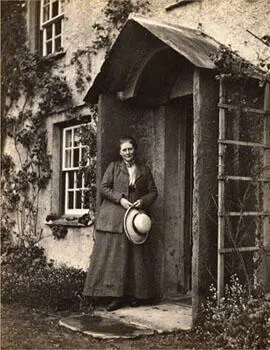
A portrait of Beatrix outside of her home in the Lake District, by Charles G.Y. King
WRITING IN NATURE
Throughout her life, Beatrix remained fascinated by nature and animals. Beatrix moved from being a writer in London to a farmer in the countryside of the English Lake District (see top left). Later in life, she wrote less and spent a lot of her time tending her farms and sheep. In particular, she raised a local breed of sheep, the Herdwick, for which she won many prizes. Her commitment to nature and the environment was ahead of its time, and today she would be called a conservationist. She actively campaigned about nature and was a smart businesswoman. When she died, she left 4,000 acres of land and farms to the National Trust, a nature preservation organization in England.
Beatrix Potter’s work remains just as popular today as it was in her lifetime. Her works have been translated into 35 languages and have sold over 100 million copies. And 110 years after the publication of her first book, Beatrix’s fans have a new surprise in store. A long-lost and previously unpublished story, The Tale of Kitty-in-Boots , was found in 2014. The text, illustrated by prize-winning artist Quentin Blake, is available September 2016!
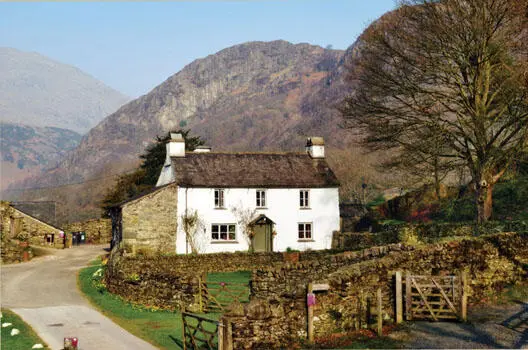
Beatrix’s home in the English Lake District was Yew Tree Farm, pictured here. It can still be visited today.
VIRGINIA WOOLFLITERARY PIONEER
FULL NAME: Adeline Virginia Stephen Woolf
BORN: JANUARY 25, 1882, LONDON, U.K.
DIED: MARCH 28, 1941, NEAR LEWES, EAST SUSSEX, U.K.
NATIONALITY: BRITISH
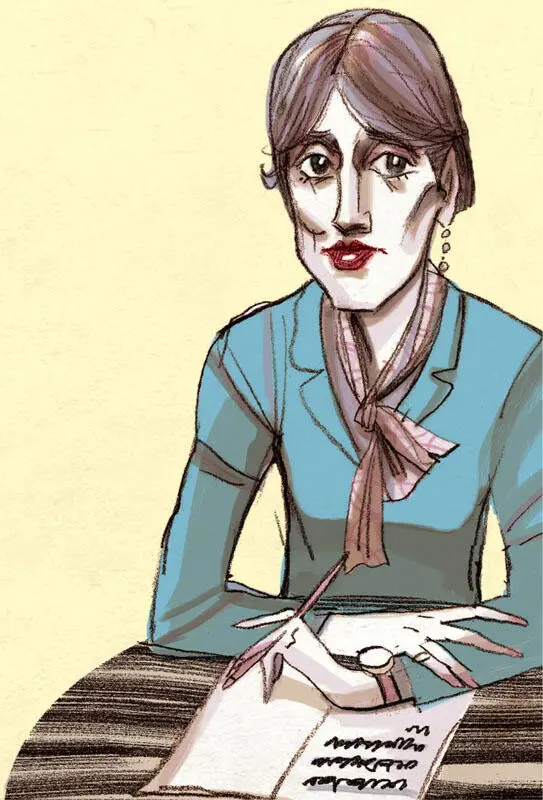
“A woman must have money and a room of her own …”
VIRGINIA WOOLF
A FAMILY OF ARTISTS
Virginia Woolf is considered to be one of the most influential writers of the 20th century. She helped kick-start modernism—a major art movement that rejected traditional ideas and instead focused on brand-new concepts that fit better in the modern, industrial world. Modernism included every art form—from painting to novels, music to architecture—and continues to influence styles of art today.
Adeline Virginia Stephen was born into a very artistic family (including her great aunt, the famous portrait photographer Julia Margaret Cameron— see here ). One of eight children, young Virginia was especially close to her sister Vanessa (later the famous painter Vanessa Bell). Writerly from childhood, at the age of nine Virginia founded the family newspaper, the Hyde Park News . The family suffered a series of tragedies, with the death of Virginia’s mother, followed by that of two of her siblings and her father. These sadnesses contributed to Virginia’s depression, but they would also later be channeled into her writing.
Читать дальше
